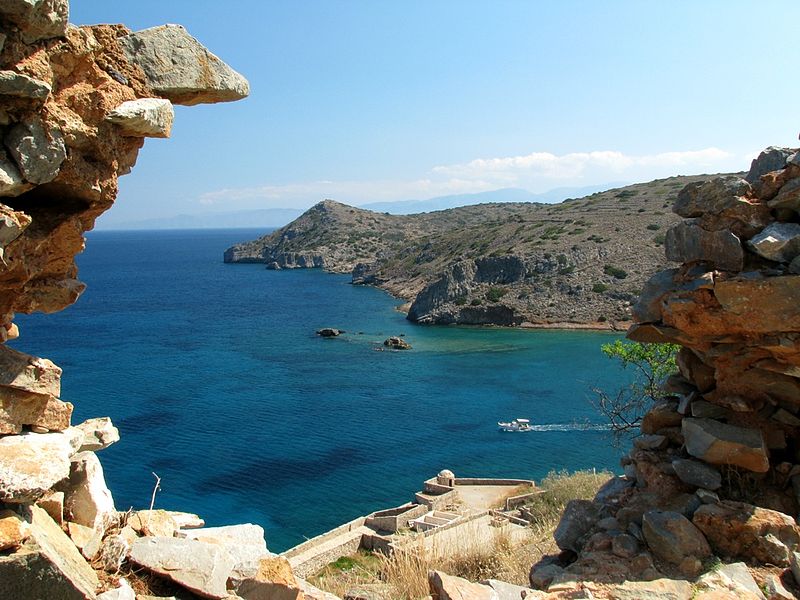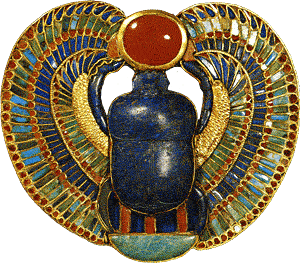
Facts
This particular organism was chosen because it is one of the most notable scarab beetle worshiped by Ancient Egyptians. This variety of dung beetle and its image is found in ancient Egyptian temples, the Pyramids and other Egyptian archaeological sites (Carnivora 2012). According to Egyptian mythology the scarab were worshiped as sacred gods of the sun, and insects were a symbol of the creative power of the sun and rebirth in the afterlife.
It was thought that the
movement of the ball of dung the scarab beetle rolls across the
desert symbolizes the birth and death of the sun roll ing from east
to west in the sky.
The Egyptian scarab then also identified with the mystery of the
creation of light and then portrayed the Egyptian god Khepri (the
creator of the world and man) with the head of a scarab beetle
(Carnivora
2012).
In other stories it
was believed that a small beetle repeats form as the sun and as the
sun travels across the sky,
radiating light and heat,
it creates the conditions for the revival of life in all things.
The sun also launches beetle eggs
from east to west,
until the yolks are ripe and born into the world (Carnivora
2012)
.
ing from east
to west in the sky.
The Egyptian scarab then also identified with the mystery of the
creation of light and then portrayed the Egyptian god Khepri (the
creator of the world and man) with the head of a scarab beetle
(Carnivora
2012).
In other stories it
was believed that a small beetle repeats form as the sun and as the
sun travels across the sky,
radiating light and heat,
it creates the conditions for the revival of life in all things.
The sun also launches beetle eggs
from east to west,
until the yolks are ripe and born into the world (Carnivora
2012)
.
During and following the New Kingdom, scarab amulets were often placed over the heart of the mummified deceased. These "heart scarabs" were meant to be weighed against the feather of truth during the final judgement. The amulets were often inscribed with a spell from the Book of the Dead which entreated the heart to, "do not stand as a witness against me" (Ancient Egypt: The Mythology 2012).
Click here to see our References